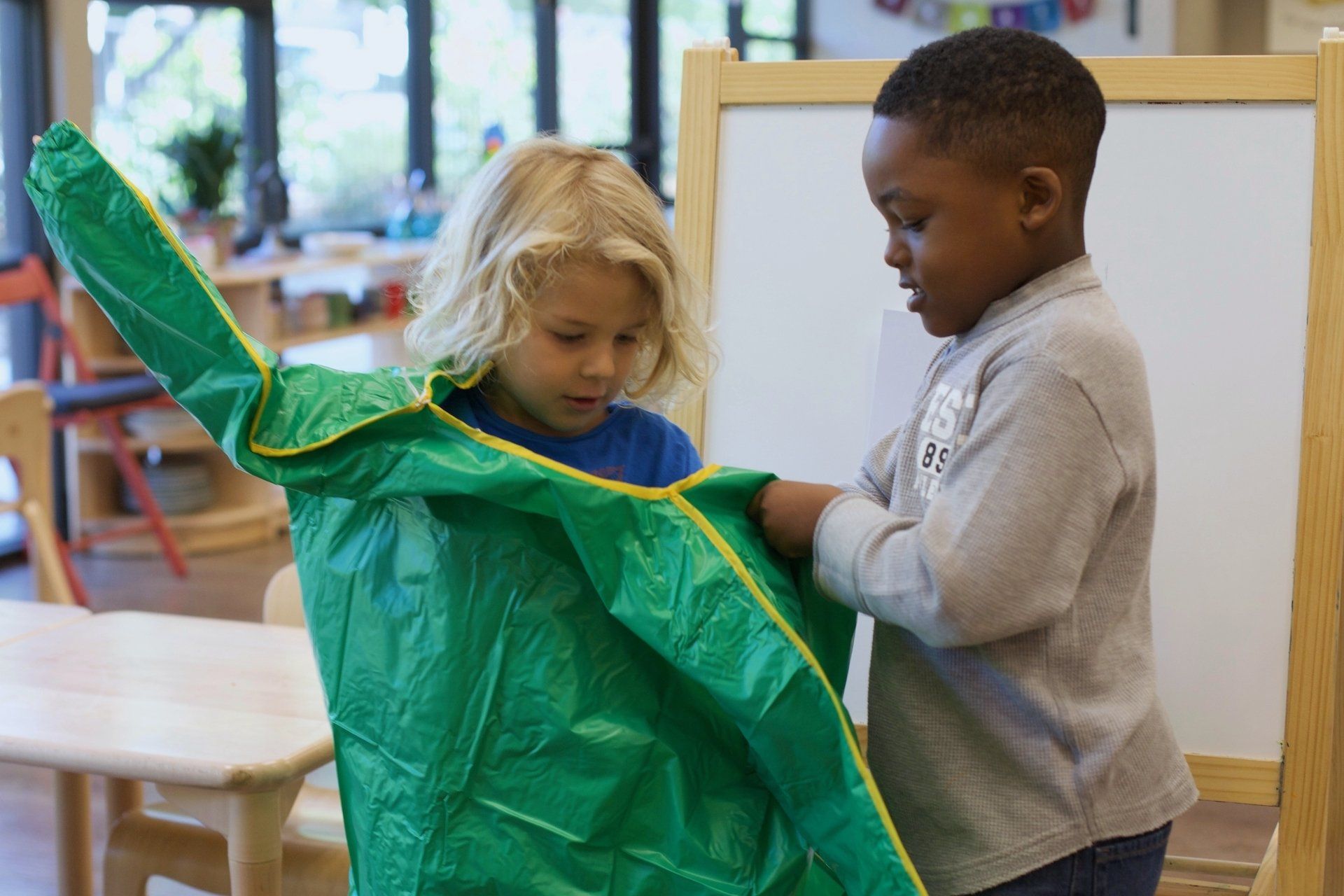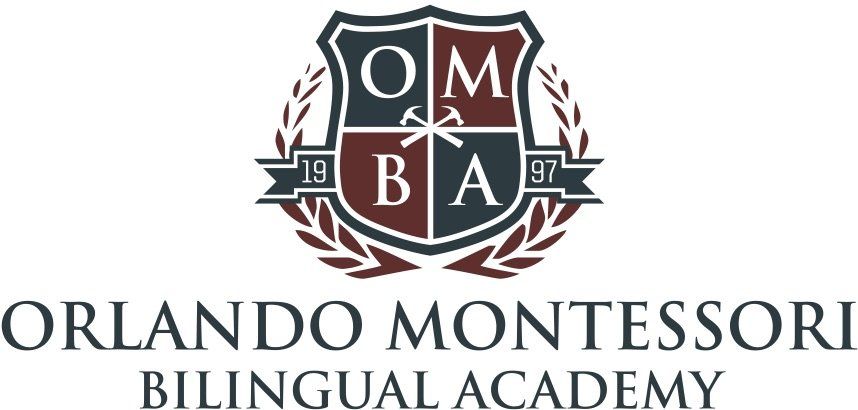Materials Highlight: The Word Study Cabinet
Each month we highlight one of the amazing Montessori learning materials here on our blog. This week we take on a well-recognized feature in any lower elementary environment: the word study cabinet.
Typically housed in a tower of tiny labeled drawers, groups of cards allow children to study an important area of language, and to do so independently.
The Presentations
Perhaps it is easiest to start by listing the skills covered by the word study materials:
- Compound words
- Prefixes
- Suffixes
- Homophones
- Homonyms
- Homographs
- Synonyms
- Antonyms
- Contractions
- Syllabication
One of the most important parts of word study happens before a child even touches a drawer of cards. A small group of children gather with a guide, usually on the floor around a work rug. The teacher often has any number of supplies that may include strips of paper and markers, a small chalkboard or dry erase board, prepared booklets, charts, and so on. What the teacher brings varies depending on the lesson - and there are many!
Many of the skills listed above require more than one lesson to be given to each child over time, as their understanding increases. Each of these lessons can look very different.
Here is one way the concept of contractions might be presented to a child:
Using the movable alphabet materials, the guide lays out the letters for a group of words, appearing as follows. (Note the red used to isolate the apostrophes.)
she is she’s
can not can’t
you have you’ve
who would who’d
will not won’t
After reading through the words, which the children recognize from speaking, the guide defines the task of an apostrophe. The children are asked what else they notice, and they eagerly point out the missing letters.
The guide asks the children to take a deep breath, pointing out how the ribs expand and contract. They say that to contract means to become compressed, or smaller, and then they are able to tell the children that these types of words are called contractions.
Continued Work
Once the child has a basic understanding of the skill, they are asked to progress through the drawers independently. For example, after having received the above mentioned contraction lesson, the child begins with contraction drawer 1. This may not happen until the next day when the child is independently selecting materials during the work cycle.
The child takes the drawer out and lays out all the cards. They see before them a group of words much like the one the guide had laid out using the movable alphabet. The child gets to work matching, and the nature of the material ensures they match correctly, or else the final cards would not make sense.
The child records the words in their notebook, cleans up the cards, and puts everything away. The next time they’re ready for independent word study work, they move on to contractions drawer 2, and so on, until the guide recognizes the need for a new lesson or skill.
Extensions
Sometimes, a child may progress through the drawers more quickly than expected, or they may have extra enthusiasm for the subject area. To provide more excitement and challenge, the guide will have a file of black line masters intended to give children more practice with the same skills, but using pencil and paper instead of the material.
Perhaps surprisingly, these are essentially worksheets! While it is rare to find a worksheet in a Montessori classroom, their novelty is just what is needed in some situations, and they can provide a nice transition for the lower elementary child who is moving away from the heavy reliance on physical materials.
Want to see the word study materials in action? Call us today to schedule a tour or observation. The best way to learn about Montessori is to spend time in the classroom.
You might also like



